Veolia launches largest project to produce bio-methanol from pulp mill waste
Green Car Congress
APRIL 7, 2022
Black liquor is the waste byproduct from the kraft pulping process after pulping is completed. Veolia Group designs and provides solutions for water, waste and energy management. Through its three complementary business activities, Veolia helps to develop access to resources, preserve available resources, and replenish them.

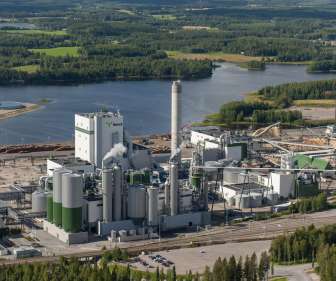
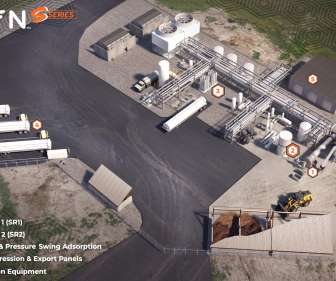
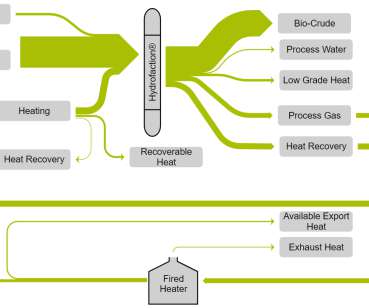
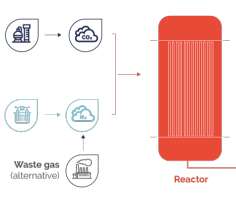






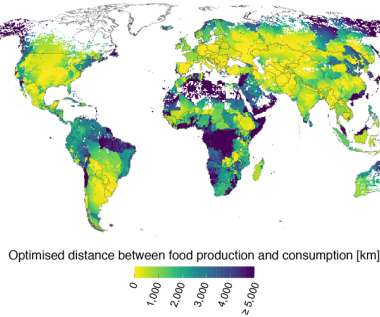






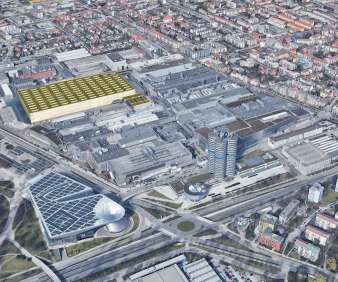
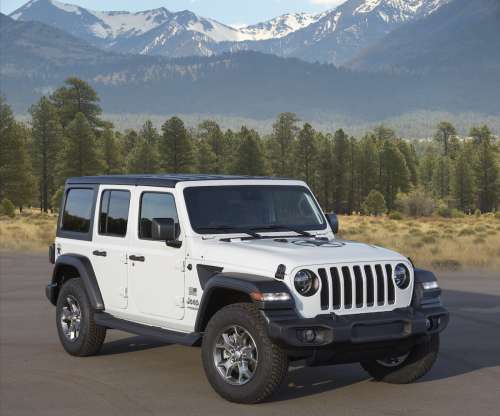






















Let's personalize your content